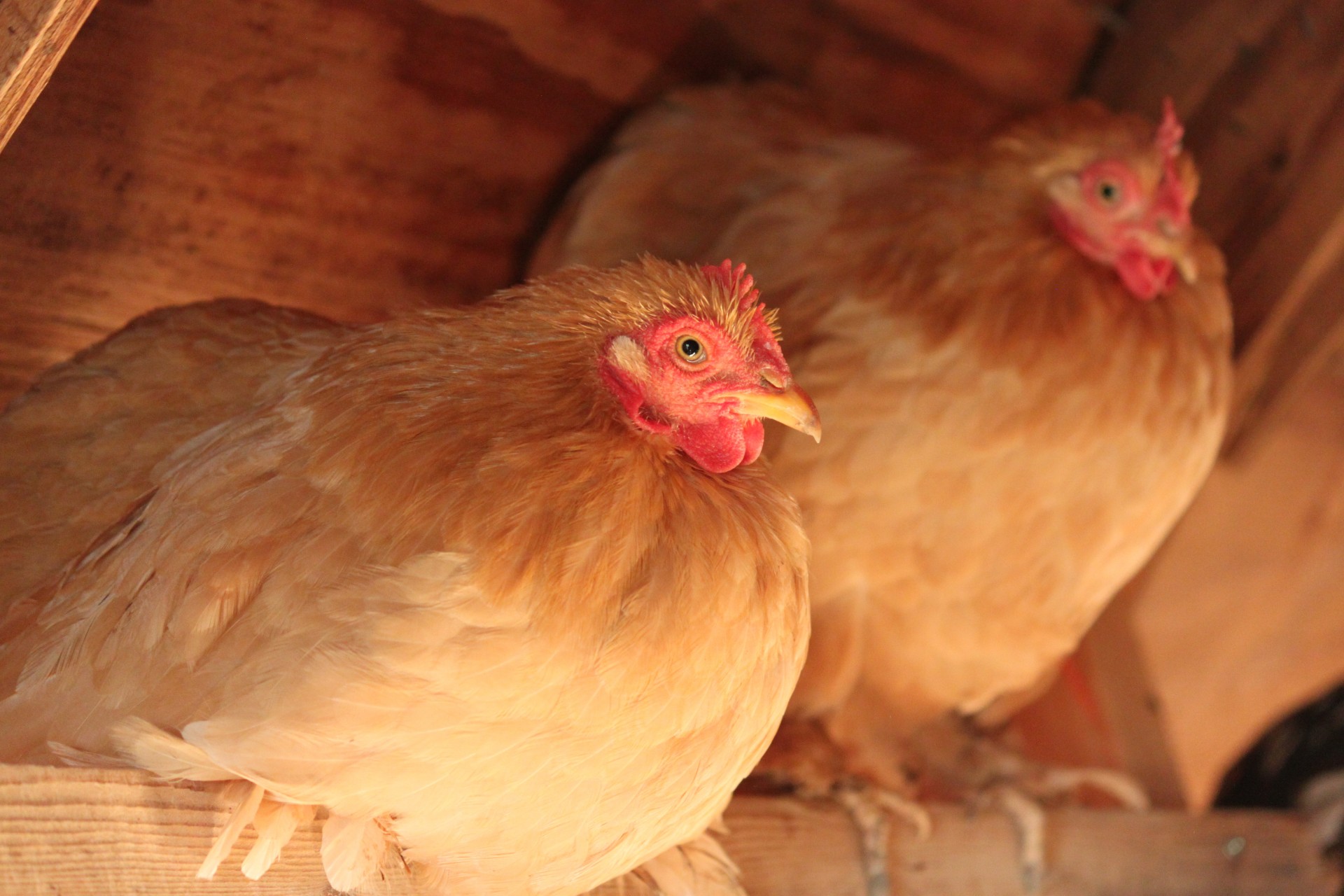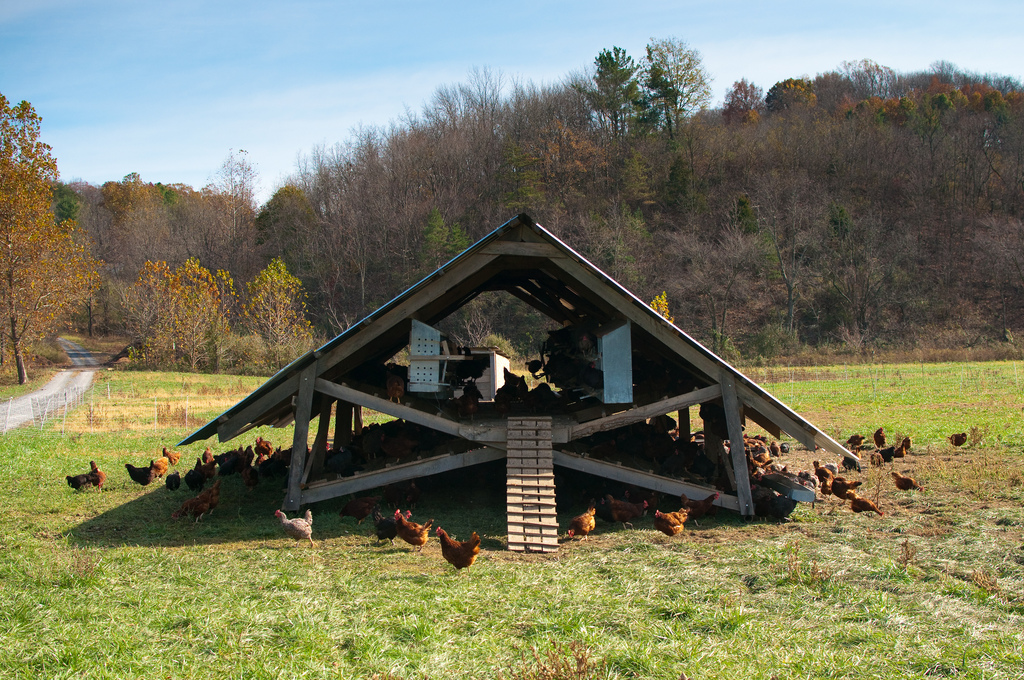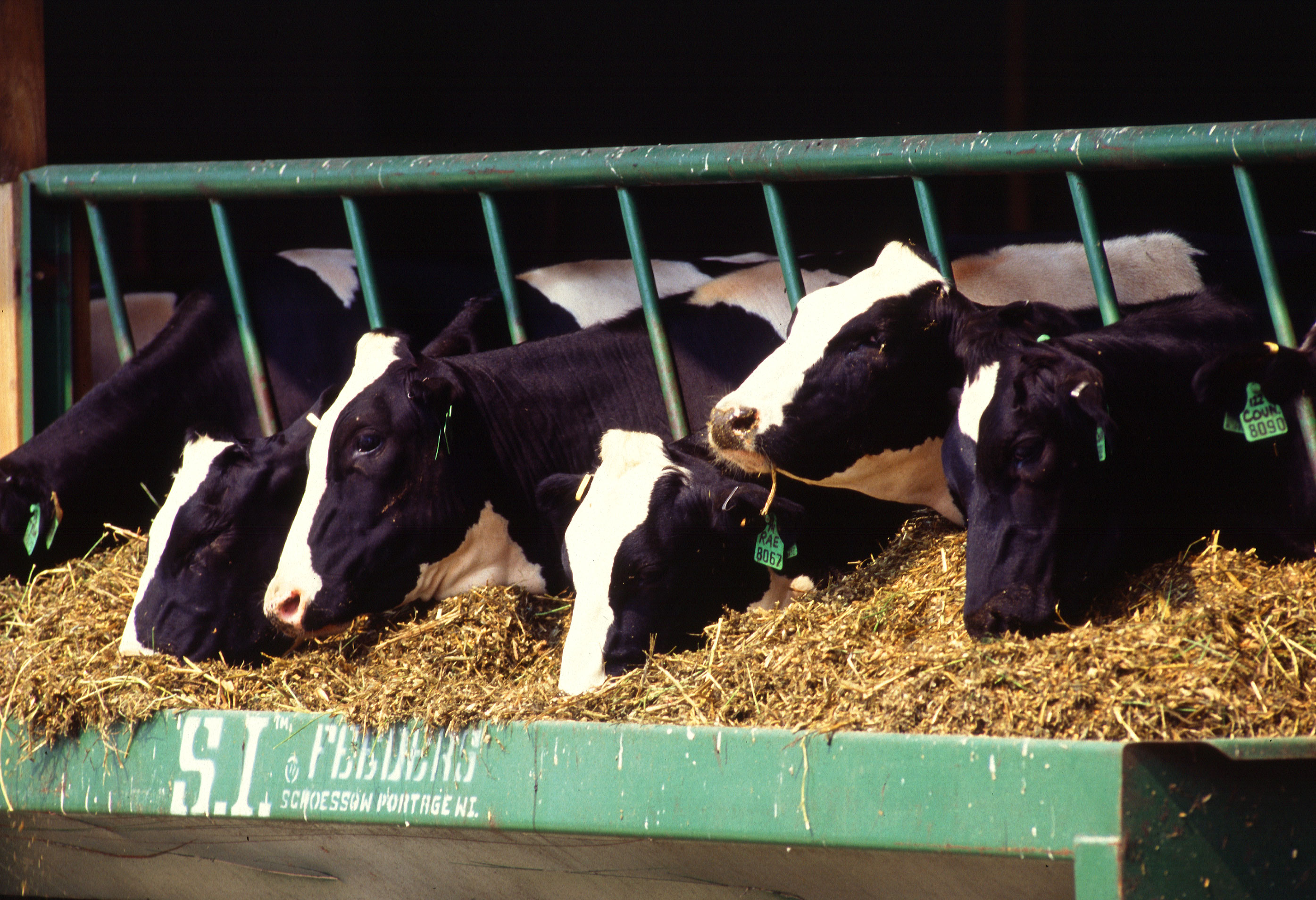How to Safely Let Chickens in the Garden
One of the most serious drawbacks to having truly free-range chickens is that they can go anywhere they want to and they tend to want to go to your garden. This makes sense since, hopefully, your garden is a healthfully functional natural environment filled with potential prey (many of which you would be happy to see … Read more




